
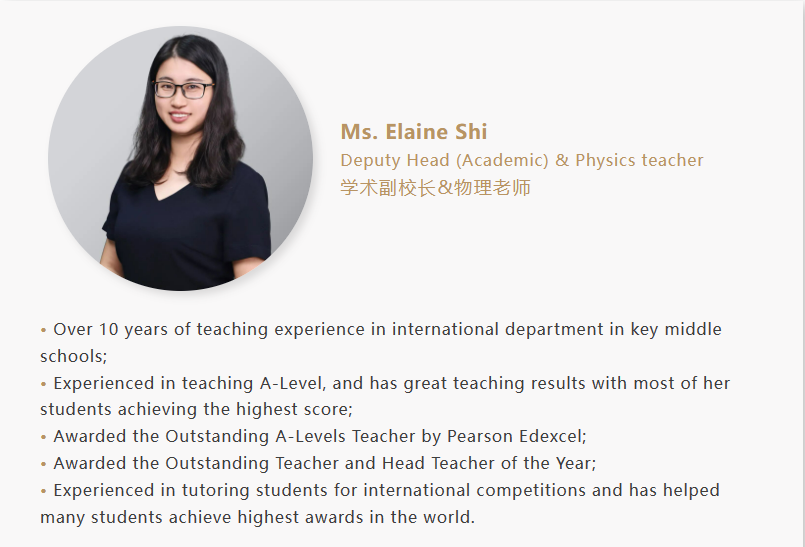
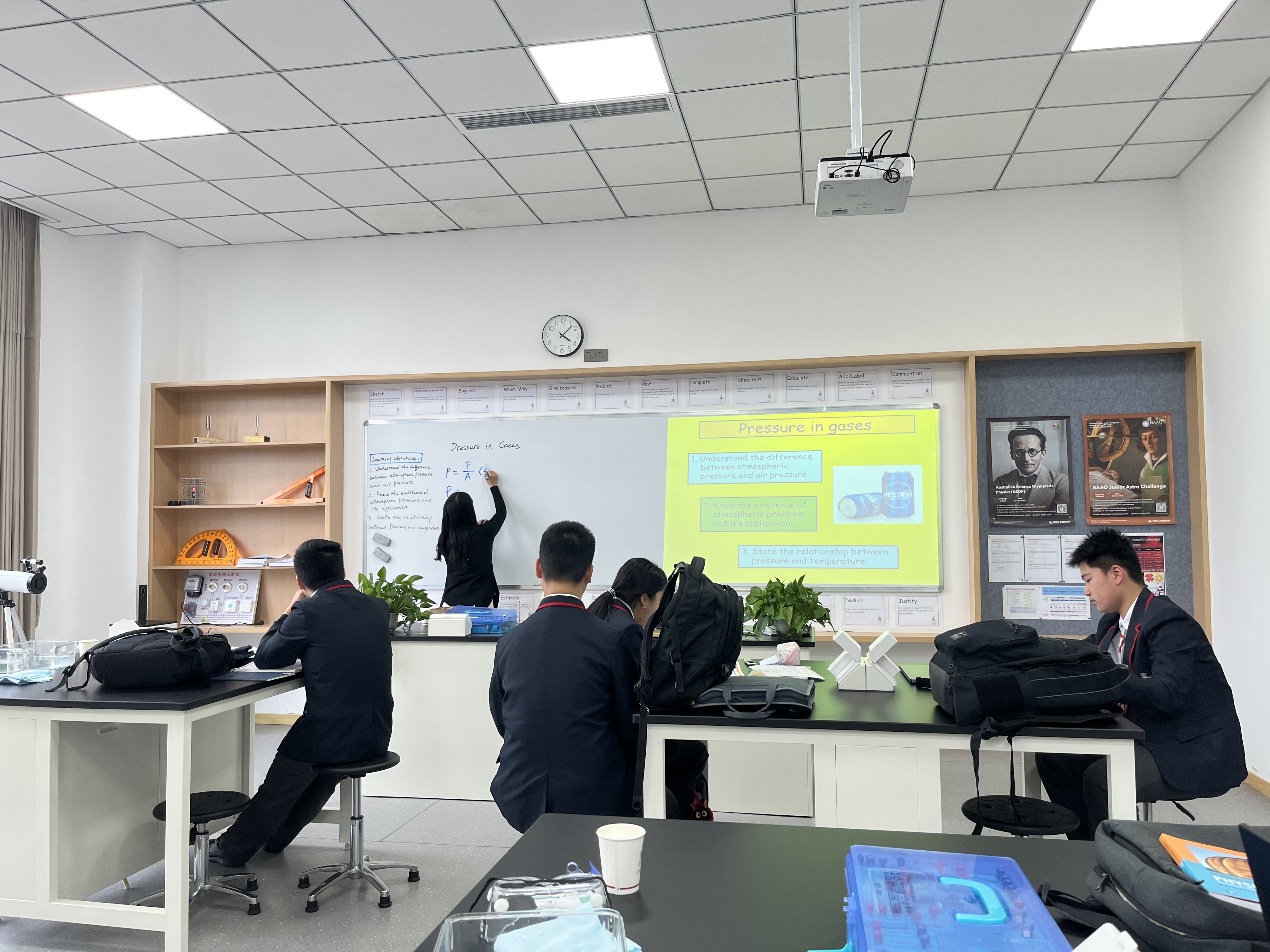
Let's take a look into Year 10 IGCSE Physics class on air pressure. The main target of this class is to enable students to:
1. understand the difference between atmospheric pressure and air pressure;
2. know the existence of atmospheric pressure and explain some of its applications;
3. state the relationship between air pressure and temperature.
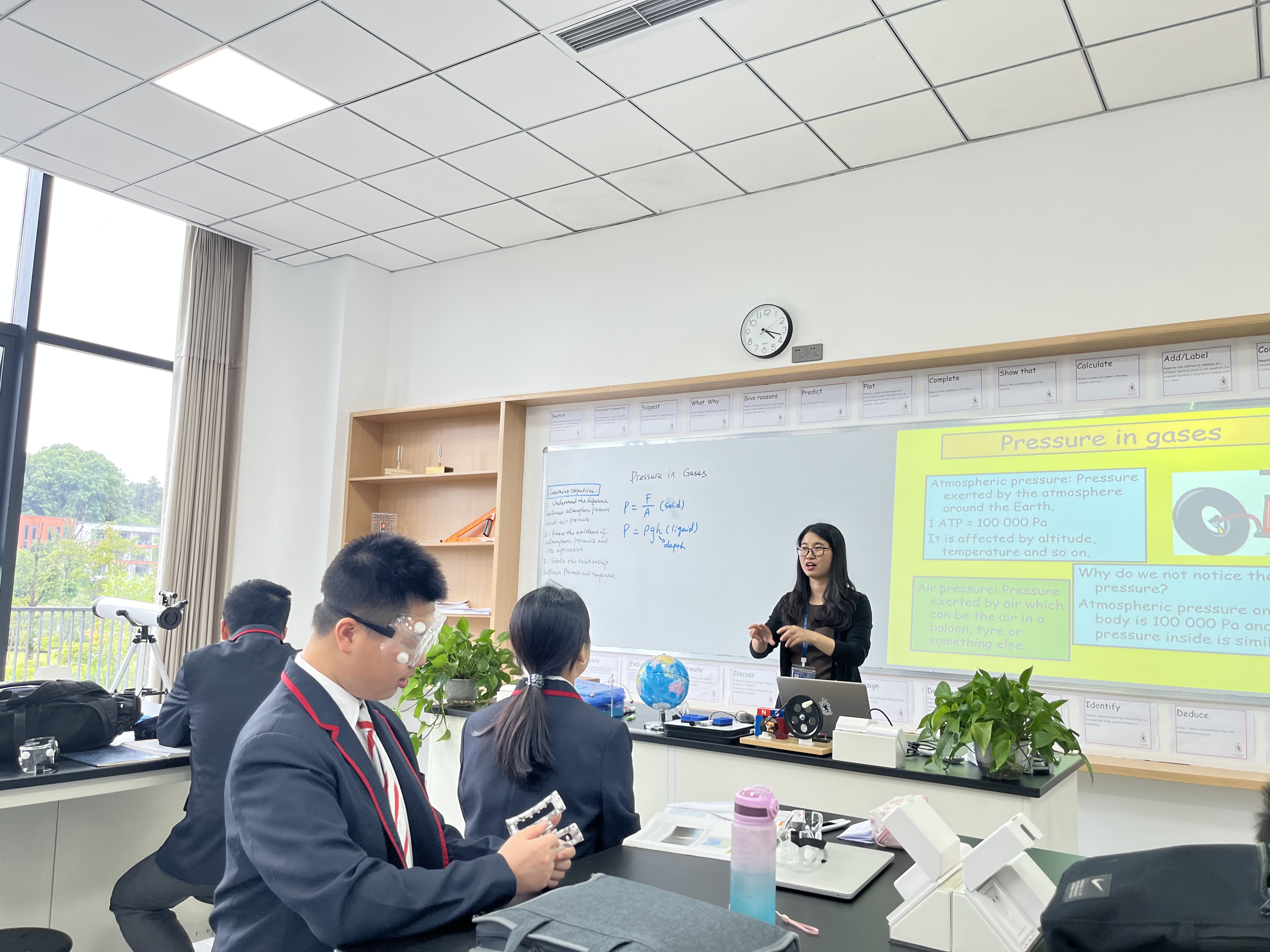
Due to the influence of gravity, the earth is wrapped with a thick layer of gas which is called the atmosphere and provides a suitable environment for humans to live in. However, the attractive force of gravity towards the atmosphere makes it act on the human body with a pressure of up to 101 kPa, which is equivalent to the gravity of more than 100 people acting on the human body. Why don’t people feel it?
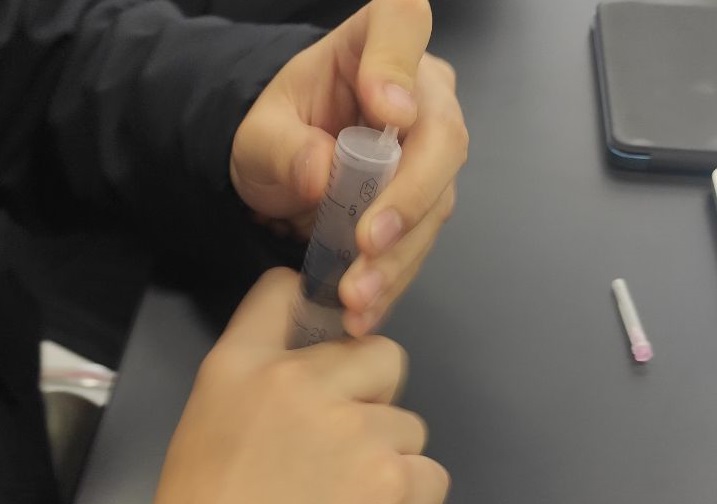
• After removing the syringe needle, block the hole with a finger and push the plunger. What will the finger feel?
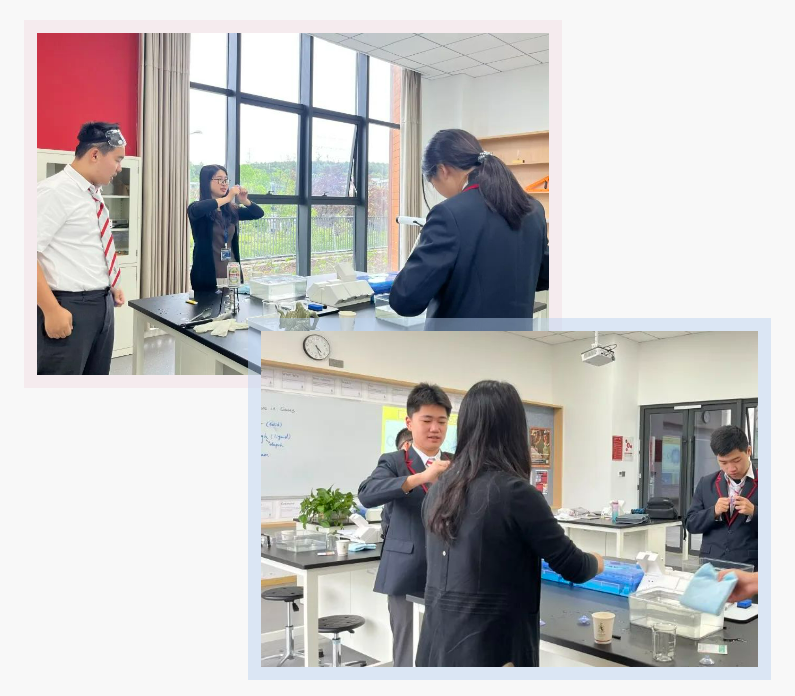
• Magdeburg hemispheres were used as the famous first public demonstration of the power of atmospheric pressure in 1654. Students used 2 suction cups to simulate this experiment to experience the power of atmospheric pressure.
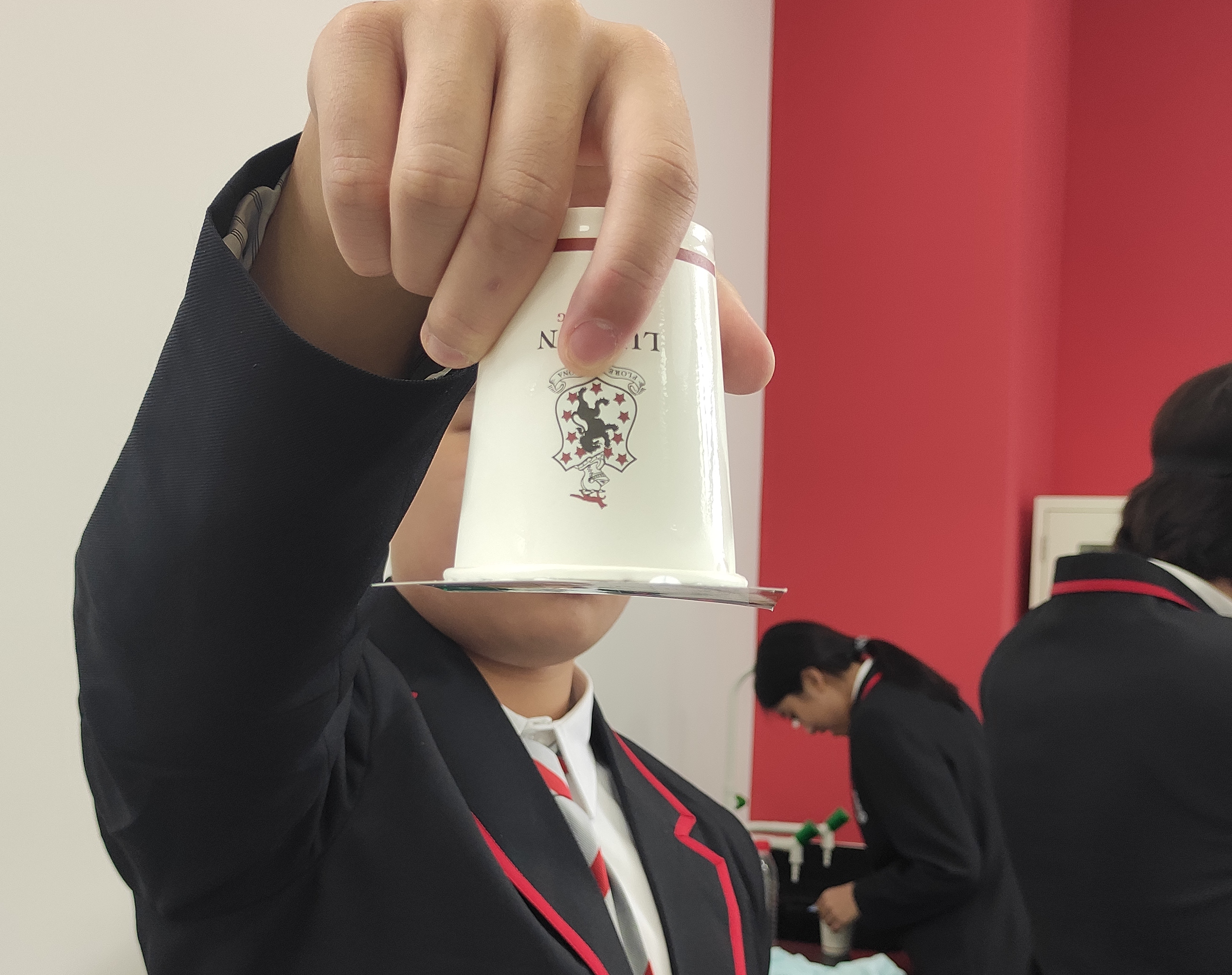
• Water in Lucton cup cannot be poured out. Do you know the reason? What are the key to the success of this experiment?
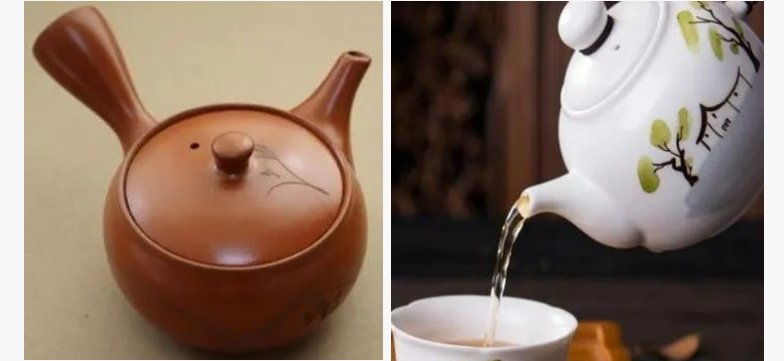
• Why is there a hole on every teapot? Can water be poured out without this hole?
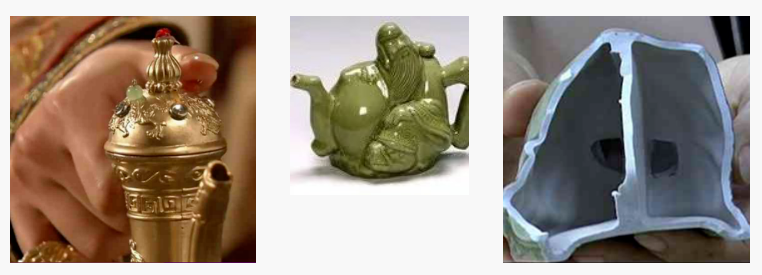
• How could both poisonous and non-poisonous wine be poured out from the same pot? What was the construction of the two-channel pot commonly used in the ancient palace that caused so many wrongful cases?
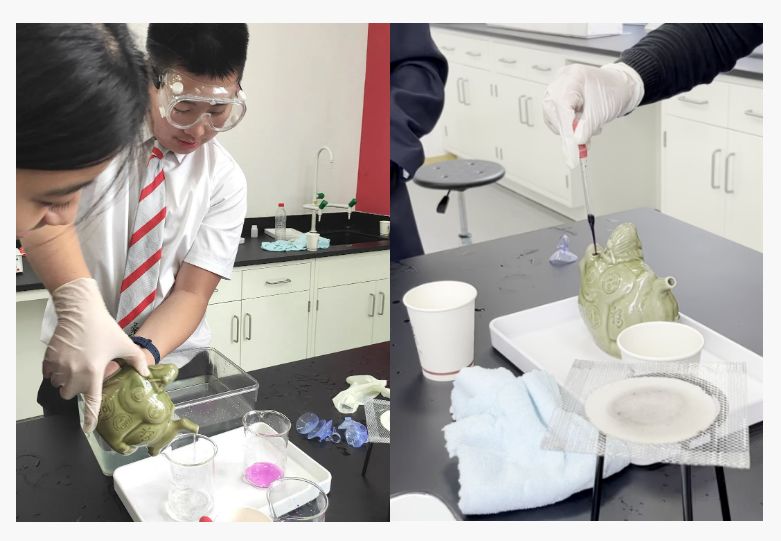
• Oscar Z and Yoyo Z are like two master magicians in the classroom, witnessing miracles with you!
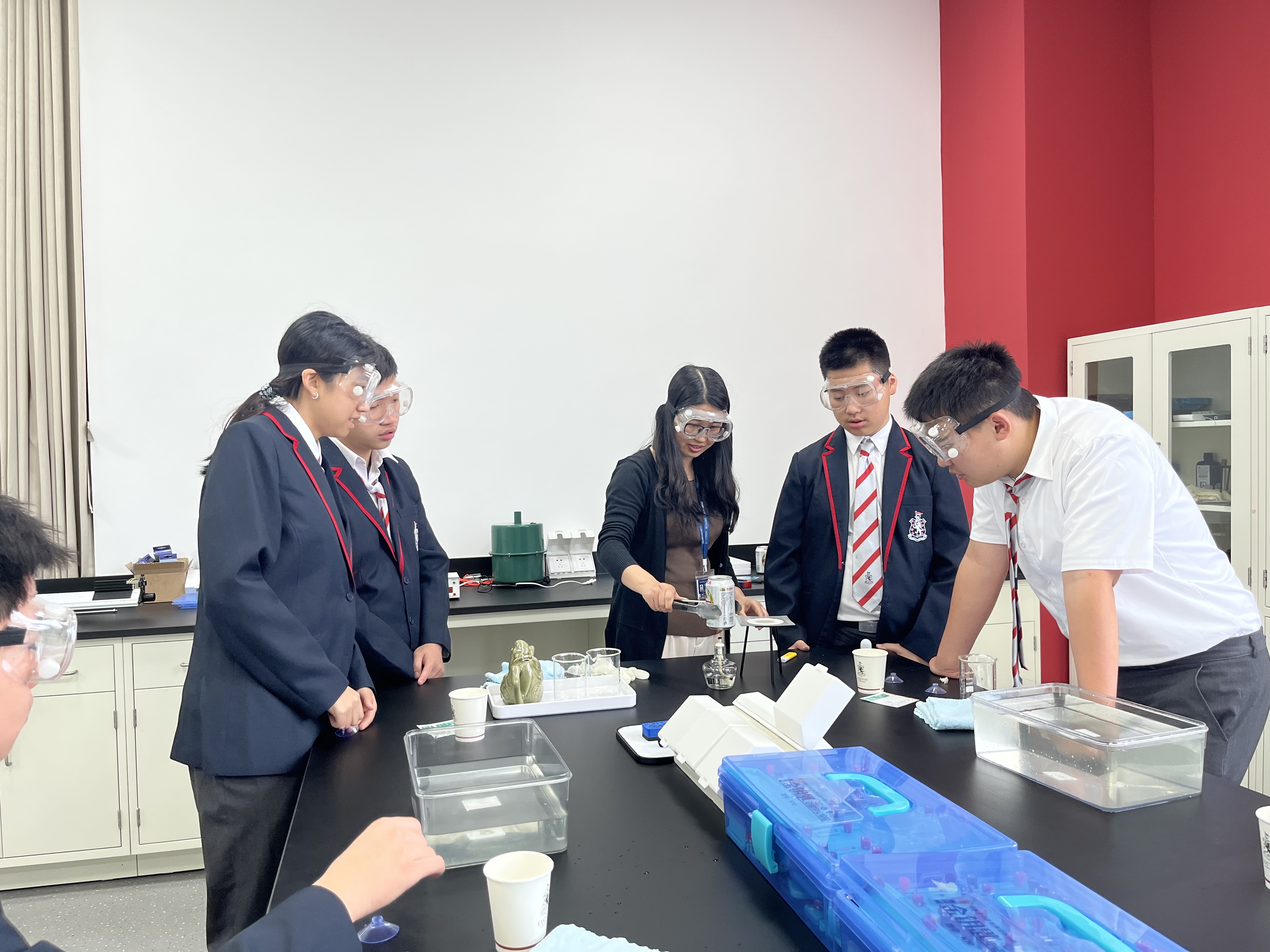
What factors are related with the air pressure? What happens when a small amount of water is heated to boiling in a can, causing a large amount of gas to spill out, and then it is quickly inverted into the water? Gordon Z demonstrated this process and also found out that the flame of a normal alcohol lamp does not produce good results.
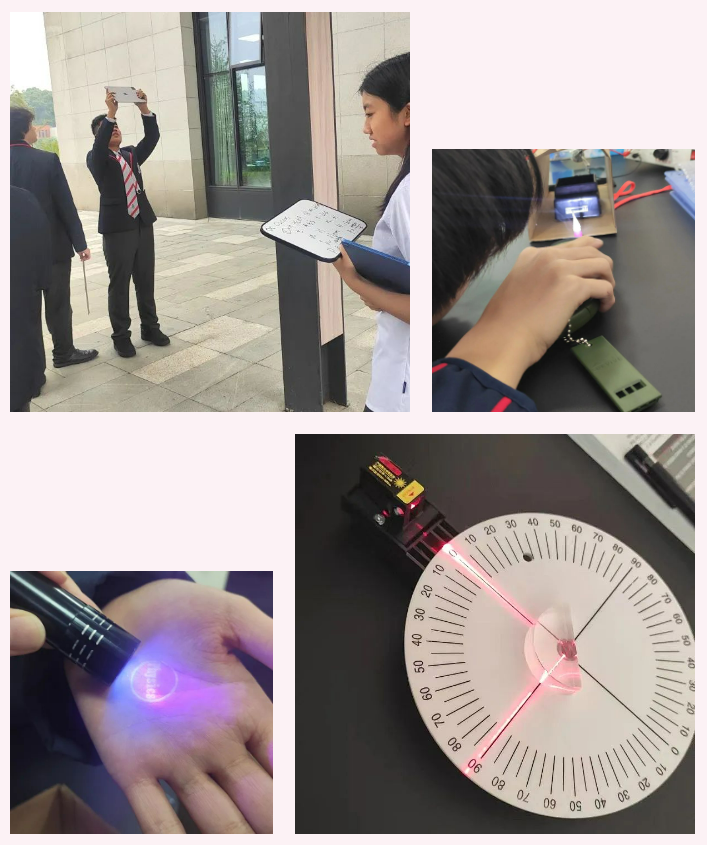
It is wonderful to explore the answers together. In the classes of other year groups, we measured the power of climbing the stairs of teaching building; explored the conditions under which total internal reflection of visible light occurs and the amazing function of UV light to induce visible light; experienced the resonance of sound; made a wind tunnel with a motor, fan and mosquito repellent incense; used temperature sensor to demonstrate the significant drop in temperature due to rapid evaporation; studied the principle of electric bells; investigated whether a small light bulb converts electrical energy into heat energy; researched whether solar energy make a small fan spin. Besides, we also used dice to simulate the decay of radioisotopes and found the half-life of the rolled dice, etc.

Albert Einstein said, “I have no special talent, I am only passionately curious.” The purpose of the Physics classes is not only to teach students some basic knowledge of life and explore the intrinsic nature of physical phenomena, but more importantly to stimulate curiosity of students, so that they can learn on their own.

